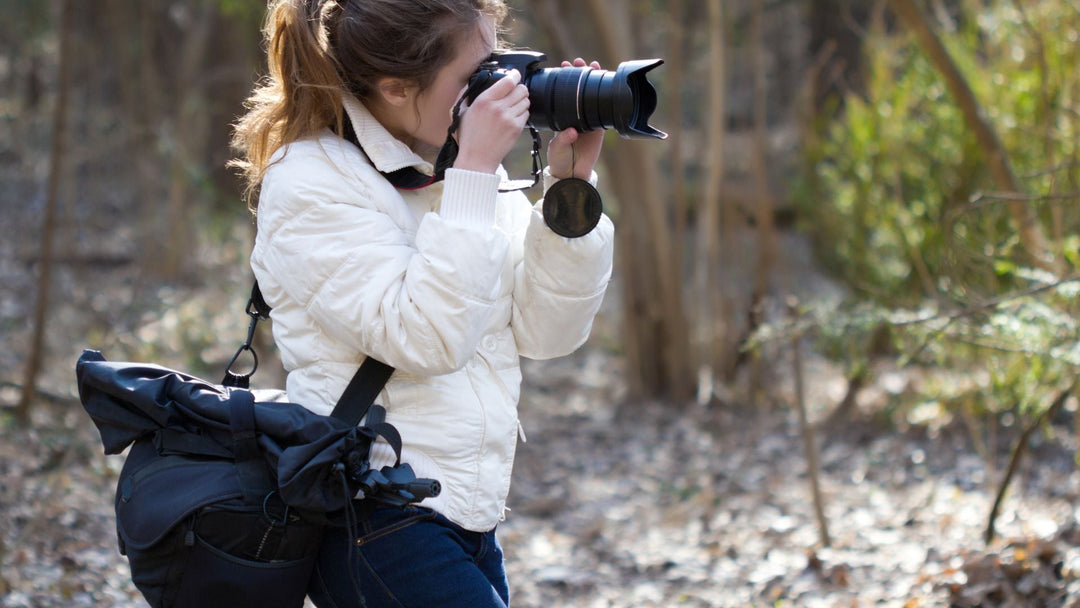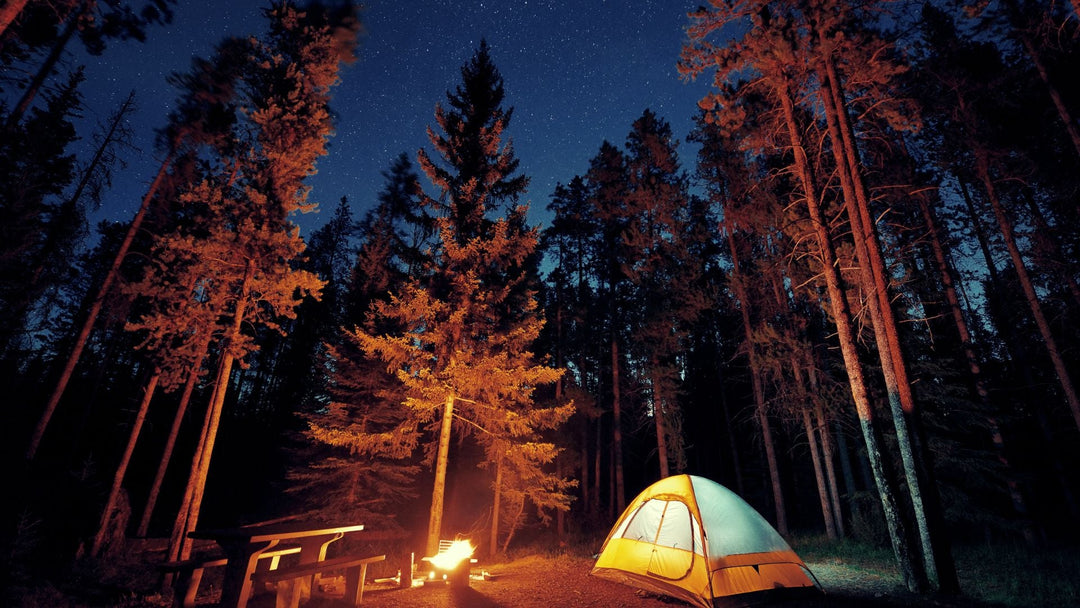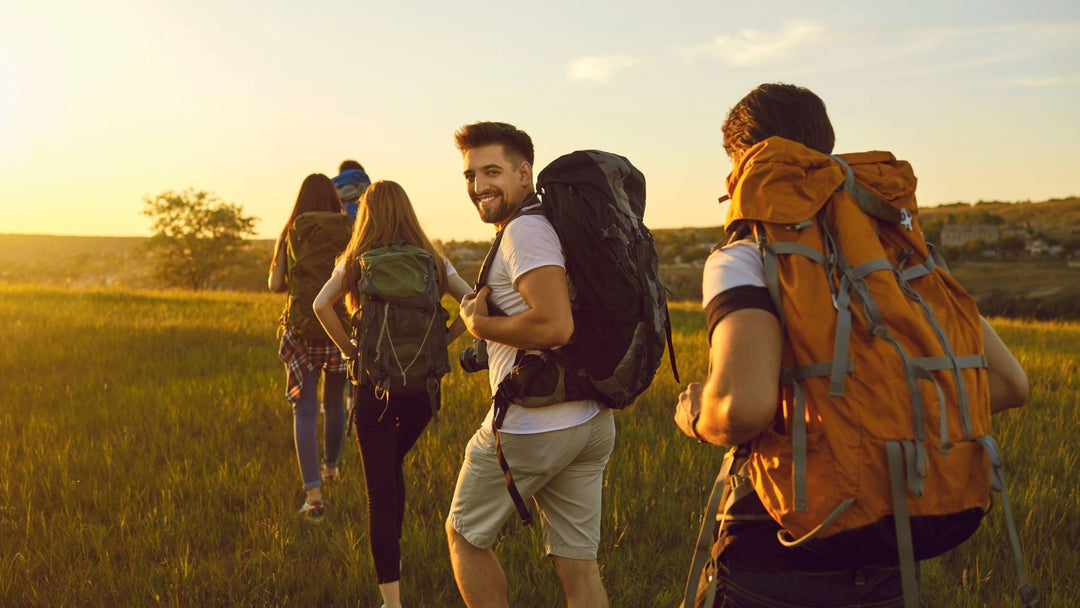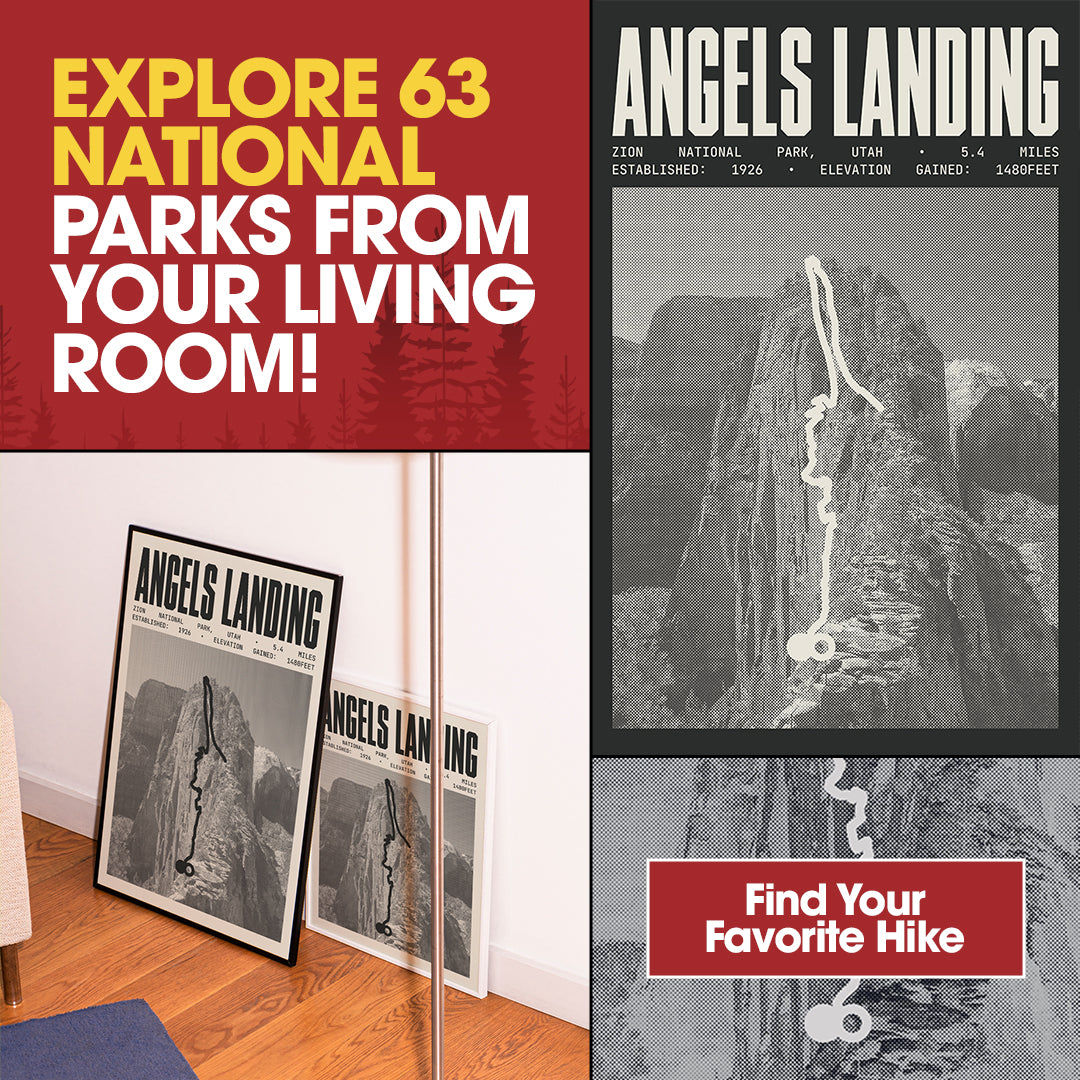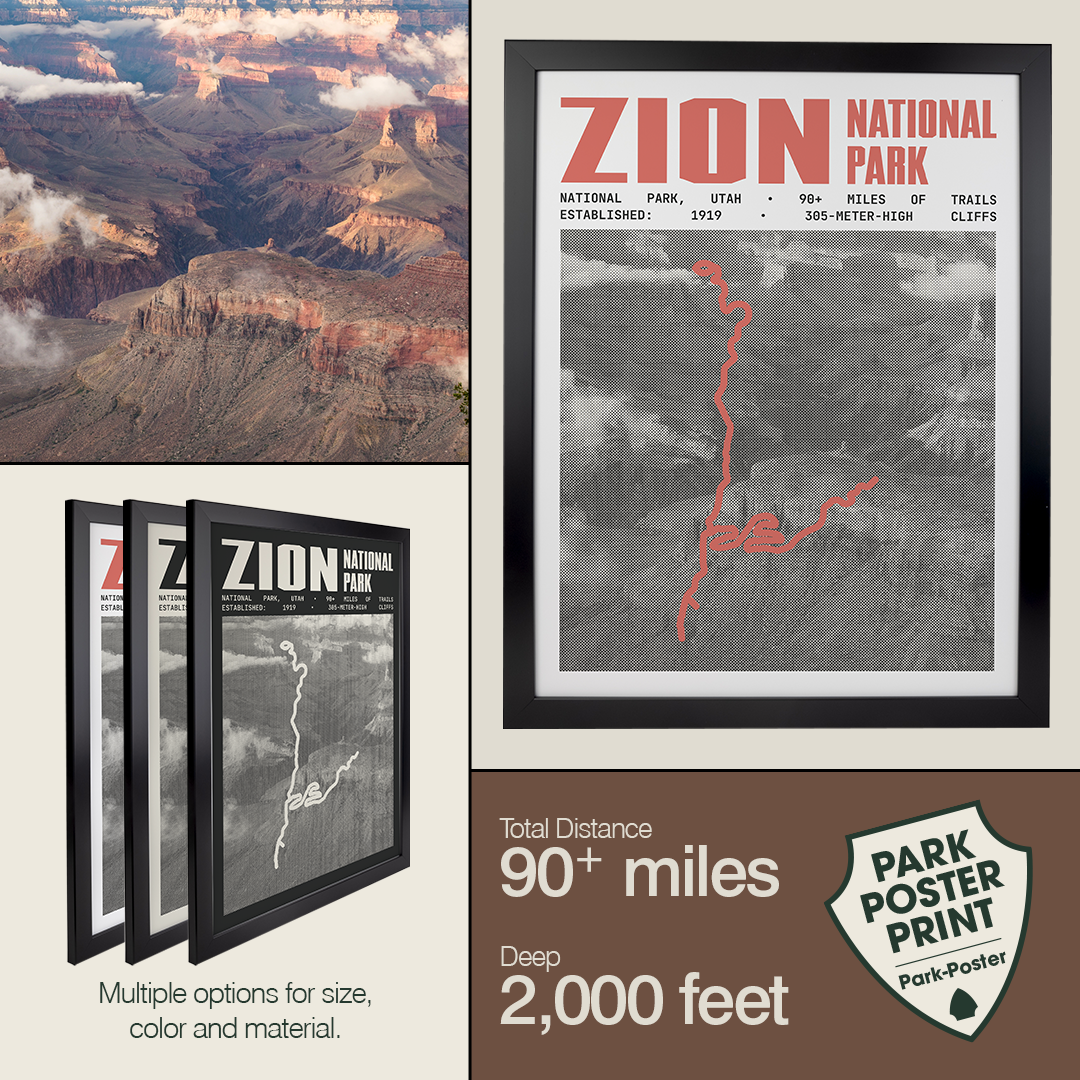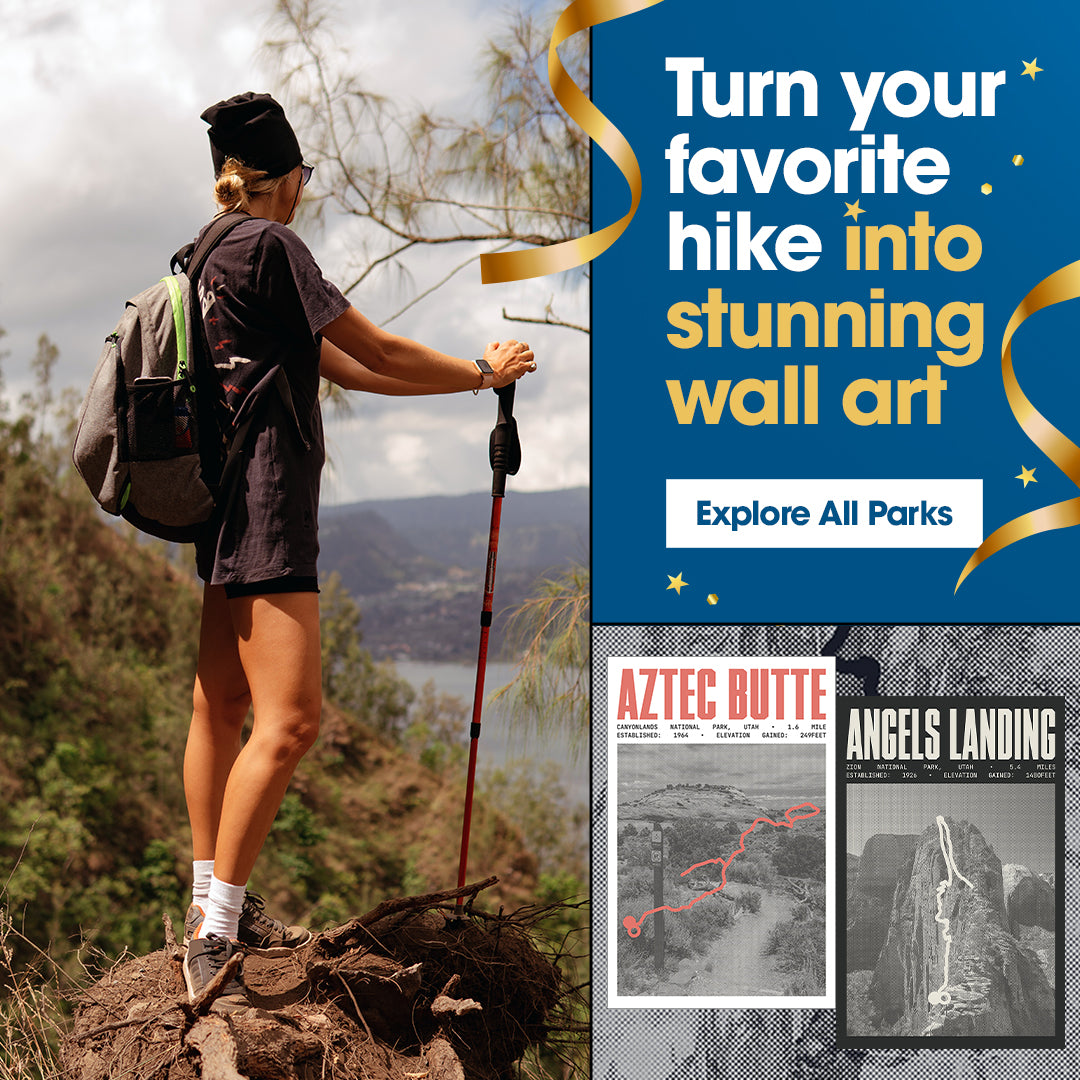How to Stay Safe from Wildlife Encounters in National Parks

National parks showcase some of America's most stunning landscapes, from towering redwoods to vast desert canyons. These wild spaces are home to countless species like bears, elk, and other native animals, making them a haven for nature lovers. However, enjoying these environments safely requires preparation and an understanding of wildlife behavior.
Wildlife encounters can quickly turn a dream trip into a dangerous situation if safety protocols are ignored. Park rangers deal with many incidents each year involving visitors who underestimate wild animals. With proper planning and awareness, most of these encounters can be avoided, ensuring a safe and memorable experience for everyone.
Understanding Wildlife Behavior
National parks are home to a wide range of wildlife, each with unique behaviors and territorial patterns. From large mammals like bears and bison to smaller animals like raccoons and birds, understanding their habits is key to staying safe.
Safety Concerns with Large Mammals
Large mammals such as bears, elk, bison, and moose pose significant safety risks due to their size and unpredictable behavior. These animals can become aggressive if they feel threatened or if humans come too close to their young.
Risks from Smaller Animals
Even smaller animals like raccoons, squirrels, and birds can create problems, especially when seeking food from visitors. Feeding wildlife disrupts their natural instincts and may lead to dangerous encounters.
When Wildlife Encounters Turn Dangerous
Most encounters occur when animals feel surprised, threatened, or protective of their young. Bears, elk, and deer may become aggressive during mating season or when defending their offspring. Even calm-seeming animals like bison can charge at speeds up to 35 miles per hour.
Danger of Feeding Wildlife
Feeding animals leads to dangerous learned behaviors. Once wildlife associates humans with food, they can become aggressive, putting both visitors and animals at risk. This often results in the animals being relocated or euthanized.
Seasonal Variations in Animal Behavior
Seasonal changes significantly impact animal behavior. Spring brings protective mothers with young, while fall mating seasons can make animals more territorial and unpredictable. Understanding these patterns can help visitors avoid risky situations.
Essential Safety Tips
Staying safe should always be a top priority, whether at home, work, or on the go. Here are some essential tips to help you protect yourself and those around you.
Planning and Preparation
Research starts before you even leave home. Every national park has unique wildlife challenges and specific safety protocols. For example, Yellowstone's bear safety guidelines differ greatly from the alligator precautions in the Everglades. Be sure to review park websites, check recent wildlife activity reports, and stay informed about seasonal warnings.
Pack the right safety gear for your trip. Bear spray is effective against various large animals, not just bears, and a well-stocked first aid kit can help treat cuts, bruises, or allergic reactions. Always check the expiration dates on your gear and learn how to use everything properly before heading out.
On the Trail
Sound carries far in natural environments, and most animals prefer to avoid humans. While hiking, make noise around blind corners, dense vegetation, or near water sources to announce your presence. Talk normally, clap occasionally, or use bear bells, but avoid making excessive noise that could stress wildlife or disturb other visitors.
Stay aware of your surroundings by watching for animal tracks, scat, scratched trees, or disturbed vegetation that may signal recent wildlife activity. Scan ahead often and listen for sounds like breaking branches, huffing, or animal calls. Always supervise children closely, as their quick movements and high-pitched voices can trigger predatory responses; keep them between adults and teach them basic wildlife safety before heading out.
Food and Scent Management
Proper food storage is key to preventing dangerous wildlife encounters. Always use designated bear-resistant containers or lockers for food, toiletries, and scented items. Never leave food unattended in vehicles, tents, or backpacks, even for a short time.
Cooking safely is just as important. Prepare meals at least 100 yards from sleeping areas and keep cooking utensils and dishware with your food supplies. Clean up immediately after eating and dispose of food waste in designated containers to avoid attracting wildlife.
Encountering Wildlife: Dos and Don'ts
Encountering wildlife can be an incredible experience, but it’s important to approach these moments with care. Following a few simple guidelines can help protect both you and the animals.
Bears
Bear encounters require different responses depending on the species and situation. Black bears usually retreat when they notice humans, but if surprised or cornered, they may act defensively. To stay safe, never run from a bear—this can trigger their chase instinct. Instead, make yourself appear larger by raising your arms or jacket, back away slowly, and speak in calm, loud tones.
Grizzly bears require even more caution due to their size and aggressive nature. Avoid direct eye contact with a grizzly, as they see it as a threat, and move slowly sideways to appear less intimidating while creating escape routes. If a grizzly makes contact, play dead by lying face down and protecting your neck with your hands. Bear spray is highly effective for protection and should be deployed when the bear is within 30 feet, aiming slightly downward to create a barrier.
Other Large Animals
Elk, deer, moose, and bison require different safety precautions than bears. These herbivores can become aggressive during mating seasons or when protecting their young. Always maintain a distance of at least 25 yards from elk and deer, and 100 yards from bison and moose.
Never feed or approach these animals, even for photographs, as their strength and speed can cause serious injuries or death. Watch for warning signs of aggression such as raised tails, lowered heads, pawing the ground, or direct staring. If an animal approaches, back away calmly and seek shelter behind vehicles, trees, or large rocks.
Leave No Trace Principles
Wildlife safety is about more than personal protection; it’s a key part of conservation. Human activities can significantly affect animal behavior, habitat quality, and ecosystem health. By following Leave No Trace principles, we protect both current visitors and future wildlife populations.
Respect wildlife by observing from a distance with binoculars or telephoto lenses instead of approaching them. Stay on designated trails to avoid disturbing habitats and reduce unexpected encounters with animals. Additionally, respect seasonal closures and wildlife protection areas, as these restrictions protect vulnerable species during critical periods like nesting or migration.
National Park Posters and Prints
Do you feel that your home lacks a touch of nature? Do your walls need something new? You've found the perfect solution—with our exclusive collection of National Park art. These premium pieces are more than just decor; based on National park maps, these posters are a tribute to your experiences, quests, and the natural beauty integral to your story.
Our exquisitely curated selection of National Park prints serves as more than wall art. These vibrant prints capture the stunning landscapes and unique geologic formations, evoking memories of your park adventures. These posters reflect your journey and highlight your achievements, reminding you of your exploration and the significance of preserving these natural marvels for future explorers.
Customize Your Poster
You can tailor your National Park poster according to your preferences. Do you want to frame your chosen posters to match your décor seamlessly, or do you like our striking Canvas Prints in versatile sizes suitable for any wall? You're in control. Moreover, you can add a personal touch to your poster with your image and unique details, making your wall art a bona fide keepsake of your park experiences.
Quality You Can Trust
All our posters are 100% American-made and printed on premium paper with vivid colors, highlighting our commitment to high-quality products. Your satisfaction is our priority—if you're not happy with your purchase, we provide a 30-day money-back guarantee.
So don't wait! Celebrate your journey, inspire a love for nature, and commemorate your happy memories with our National Park posters.
Planning Your Next Adventure Safely
National parks provide amazing opportunities to see wildlife in their natural habitats and create lasting memories. To make your visit successful, preparation, respect, and awareness are key. Research your destination thoroughly, pack the right safety gear, and always follow established guidelines.
Remember, you are a guest in the animals' homes, and your actions affect their survival and future visitors' experiences. Maintain safe distances, store food properly, and adhere to park regulations to protect both wildlife and yourself. By prioritizing safety and respect, you help ensure a sustainable and unforgettable adventure.
Remember Your Adventures with National Park Prints
Relive your adventures with our National Park Prints. Order your National Park Poster to highlight your favorite park or hike. Based on National park maps, these posters make it easy—and fun—to remember your favorite hikes. Order yours now and add a unique piece of art to your collection.


